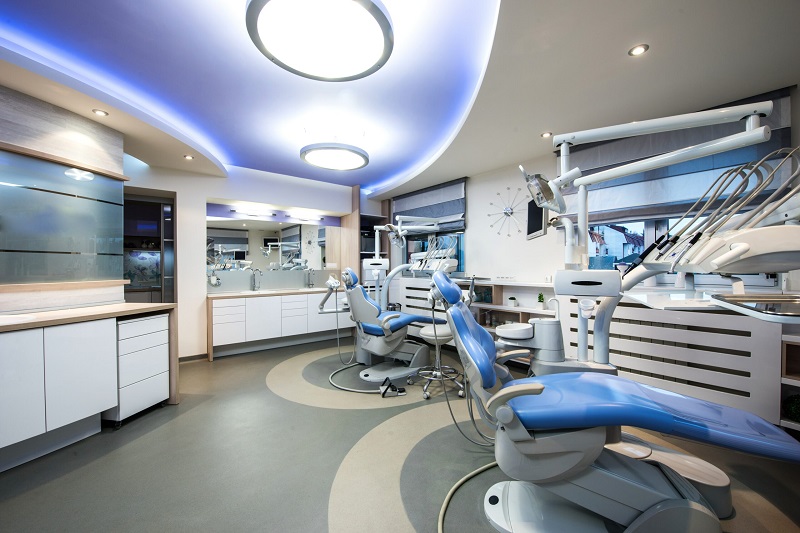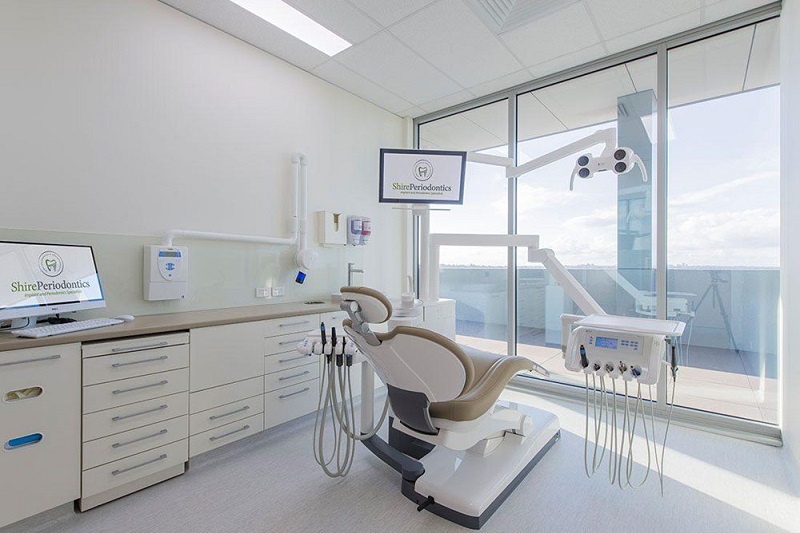Introduction
A well-designed medical fitouts can have a significant impact on the success of a healthcare practice. A carefully planned and executed medical office layout can enhance patient satisfaction, improve staff efficiency, and ultimately contribute to better patient outcomes. But what are the essential elements of successful medical fitouts? In this article, we’ll explore the key components of medical practice design, from the waiting room to the treatment room.
Medical fitouts, often undervalued, play a significant role in shaping the healthcare environment. Not only do they contribute to the aesthetic appeal, but they also significantly affect the functionality and productivity of a medical facility. The right fitout can transform a typical, sterile medical office into a welcoming and efficient workspace.
The essence of a successful medical fitout lies in its ability to exhibit a harmonious blend of comfort, practicality, and technology. It’s not merely about choosing the right furniture or creating visually pleasing decor; it’s about designing a space that promotes patient well-being while ensuring staff efficiency.
A well-planned fitouts should allow for easy navigation and optimise the use of available space. It should cater to the unique needs of your medical specialty, ensuring all necessary equipment fits seamlessly into the design. The choice of materials used should reflect infection control standards, and the layout should foster patient confidentiality and privacy.
Moreover, a good fitout should be future proof. As medical technology rapidly evolves, the fitout must be flexible enough to accommodate changes without extensive renovations. From the reception area to the consultation rooms, every component of a medical fitout should communicate professionalism and care, enhancing the overall patient experience.
Remember, your medical fitouts reflect your practice. Make sure it speaks volumes about your commitment to providing top-notch healthcare services.
Tips to help you create functional, and patient-centered healthcare medical fitouts.
1. Patient-centered design
At the heart of any successful medical fitouts is a patient-centred design. This means creating an environment that prioritizes the comfort, safety, and well-being of patients, while also considering the needs of staff and other stakeholders. To achieve this, consider the following elements:
- Privacy: Ensure that all treatment and consultation rooms have adequate soundproofing and privacy measures, such as frosted glass or curtains.
- Comfort: Choose comfortable and ergonomic seating, as well as calming colours, textures, and artwork to create a soothing atmosphere.
- Accessibility: Make sure all areas of the practice are easily accessible for all patients, including those with disabilities or mobility issues.
- Wayfinding: Use clear and intuitive signage to help patients navigate your space with ease.
2. Waiting room design
The waiting room is often the first impression patients have of your medical practice. As such, it’s essential to create a welcoming and comfortable environment where patients can relax while they wait for their appointment. Key elements of successful waiting room design include:
- Seating: Provide a variety of seating options to accommodate patients of all ages and abilities, including chairs with arms for elderly patients and seating for children.
- Entertainment: Offer a range of entertainment options to help pass the time, such as magazines, television, and Wi-Fi access.
- Lighting: Use natural and artificial lighting to create a bright and inviting space.
- Noise control: Minimize noise levels by using acoustic materials and separating the waiting area from treatment rooms and busy corridors.
3. Reception area design
The reception area is the hub of your medical practice, and it should be designed to facilitate efficient and friendly interactions between staff and patients. Essential elements of reception area design include:
- Reception desk: Choose a desk that is both stylish and functional, with ample storage and workspace for your administrative staff.
- Signage: Clearly display your practice’s name and logo, as well as any necessary wayfinding or informational signage.
- Queuing system: Implement a queuing system to manage patient flow and minimize wait times.
- Security: Ensure the reception area is secure, with access control measures and a clear line of sight between staff and patients.
4. Treatment room design
Treatment rooms should be designed with both patient comfort and clinical efficiency in mind. Key elements of treatment room design include:
- Layout: Ensure there is ample space for both patients and practitioners to move around comfortably and safely.
- Equipment: Choose high-quality, easy-to-clean, and ergonomic equipment to facilitate efficient and safe treatment.
- Lighting: Provide adjustable, task-specific lighting to cater to different treatment scenarios.
- Storage: Include ample storage solutions to keep treatment rooms uncluttered and organized.

5. Medical office layout
A well-designed medical office layout can significantly impact the overall efficiency and functionality of your practice. Consider the following when planning your layout:
- Workflow: Design your space to facilitate smooth and efficient workflow, with clear pathways between reception, waiting areas, treatment rooms, and staff areas.
- Flexibility: Create a flexible layout that can be easily adapted to accommodate changes in staffing, patient volume, or service offerings.
- Collaboration: Provide shared spaces where staff can collaborate and communicate effectively.
- Staff amenities: Include dedicated areas for staff breaks and relaxation to support their well-being and productivity.
6. Healthcare interior design
The overall aesthetic of your healthcare space can have a significant impact on patient satisfaction and staff morale. Invest in high-quality finishes and materials, and consider the following elements of healthcare interior design:
- Colour palette: Choose calming, neutral colours that promote relaxation and healing.
- Artwork: Display artwork that reflects your practice’s values and creates a welcoming atmosphere.
- Flooring: Opt for durable, easy-to-clean, and slip-resistant flooring materials.
- Greenery: Incorporate plants and natural elements to create a calming and healing environment.
7. Accessibility
Accessibility should be a top priority in any medical fitouts. Ensure that all patients, regardless of their age or ability, can easily access your practice and its facilities. Key considerations for accessibility include:
- Entrances: Provide step-free access and automatic doors where possible.
- Corridors: Ensure corridors are wide enough to accommodate wheelchairs and walking aids.
- Signage: Use clear, high-contrast signage to help patients with visual impairments navigate your space.
- Restrooms: Include accessible restrooms with grab bars and other necessary accommodations.
Conclusion
A successful medical fitouts requires careful consideration of numerous factors, from patient-centred design to efficient medical office layout. By focusing on the essential elements outlined in this article, you can create a healthcare space that meets the needs of your patients, staff, and practice. Whether you’re renovating an existing space or building a new practice from scratch, investing in a well-designed medical fitouts can have a significant impact on your practice’s success and patient satisfaction.












